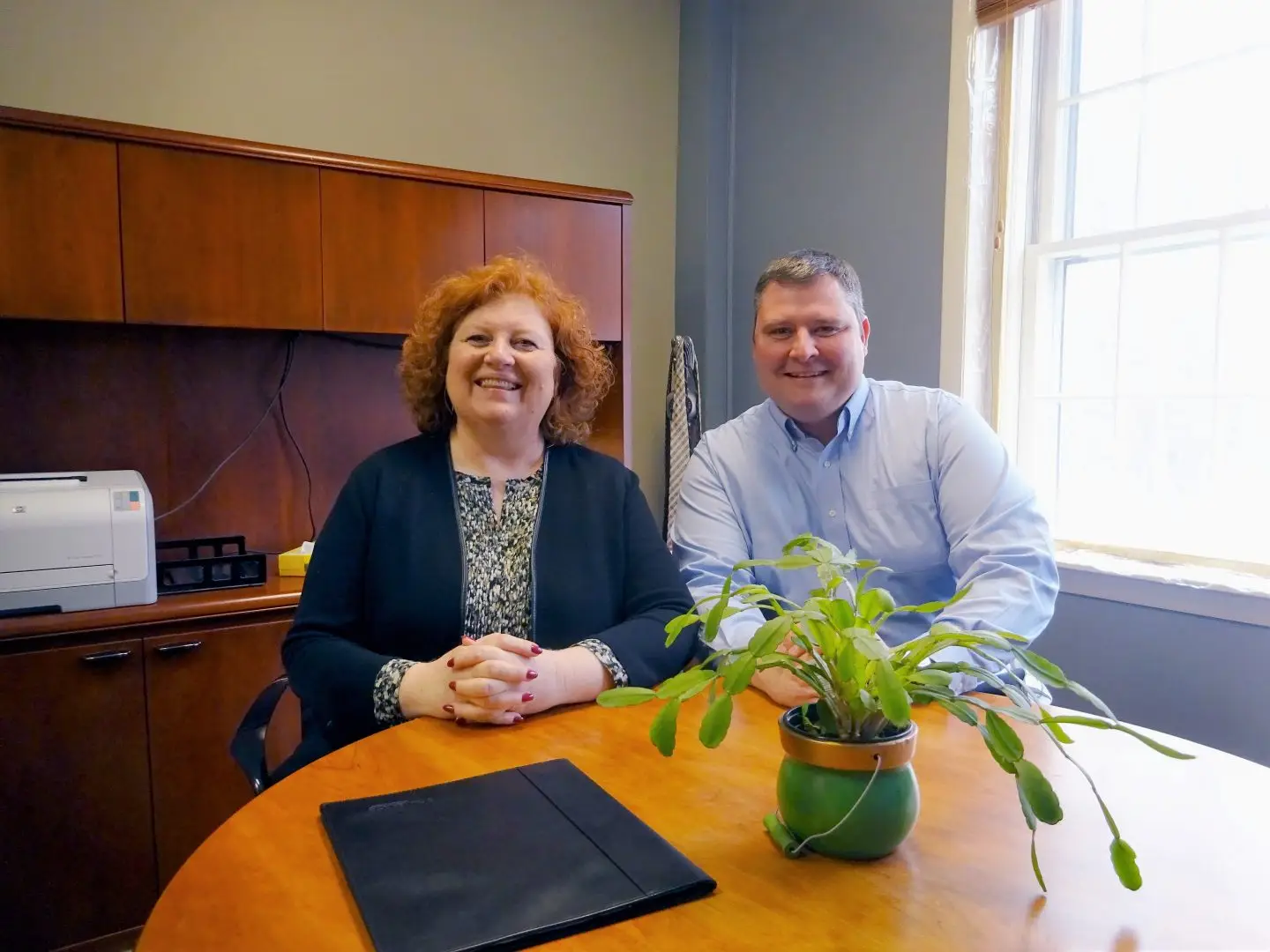Every student starts out the school year with a set schedule, commonly consisting of five classes. When students register for their courses during the previous semester, they have the ability to choose whichever schedule works best for them. However, with the transition to remote learning, some professors have been tweaking their courses, affecting synchronous class meet times.
“As you know, in this remote semester some instructors are holding their classes in asynchronous mode, which means the class doesn’t meet at a specific time—everything is done through Brightspace. Others are holding synchronous classes, meaning the class meets at the scheduled time. And some are doing a mixture of the two,” says Michael Evans, Vice President of Academic Affairs.”
There have been reports that instructors have been looking into changing their synchronized class times. Students have been speculating on what to do should they face a conflict in their schedule.
“We have encouraged the faculty who are holding synchronous class sessions to keep them at their scheduled time.” Evans continues, “That way, we can be confident students won’t have scheduling conflicts with other courses. If some instructors are moving their meeting times, they run the risk of overlapping with other scheduled courses.”
A method to check in with everyone’s schedules is to send out a class poll using sites such as Google Forms, Poll Everywhere, or Survey Monkey. This will provide information and allow instructors to plan ahead for their upcoming classes.
Remote learning can take its toll on staff and students as everyone continues social distancing. Now more than ever, communication is the key to success. During times of stress, staff and students must do their best to work together.
“As always, students who find themselves struggling with any aspect of a course, including the schedule, should first reach out to their instructors. The faculty and staff here are committed to supporting students and helping them succeed, so that initial conversation is usually all that is needed to work things out,” Evans says.




